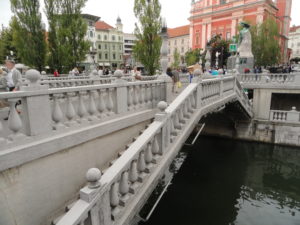 Several years ago I took a road trip through central Europe. Starting in Bratislava, the route took us through Vienna, Munich, Fussen (home of the famed Neuschwanstein Castle), Munich, Salzburg, and Budapest. Rather than backtrack through Vienna, we decided on a whim to drive south to the capital city of Slovenia, Ljubljana, home of the triple bridge.
Several years ago I took a road trip through central Europe. Starting in Bratislava, the route took us through Vienna, Munich, Fussen (home of the famed Neuschwanstein Castle), Munich, Salzburg, and Budapest. Rather than backtrack through Vienna, we decided on a whim to drive south to the capital city of Slovenia, Ljubljana, home of the triple bridge.
The route from Salzburg went through, over, and under the Austrian Alps. And by under, I mean through several long tunnels bored deep into the mountains, up to 8 kilometers at a time. The views were spectacular; the turn of phrase “clouds laying like cotton quilts in the beds between the ridges” popped into my mind as I drove.
Ljubljana (more or less pronounced, LOOB-Yana) was the kind of quaint old capital city I had come to expect in Europe. Most of the visitor activity was focused on a series of cobblestoned pedestrian streets, old town squares, and the ubiquitous castle high on the hill overlooking the city. While there were modern shops to keep tourists happy, my favorite section of the old town was the farmers market where the local shopkeeper and I communicated enough via hand-signals (to make up for my lack of Slovenian – a Slavic language with occasional Germanic hints) to order a local snack that to do this day I can’t identify. [But it was good]
Feeling energetic, we hiked up to the castle and scanned the city. Feeling less energetic, we took the funicular back to the ground and walked past the Dragon Bridge and on to the more famous tromostovje, the triple bridge. Originally a single stone bridge crossing the Ljubljanica River, two footbridges canted at a slight angle to the main span were added in 1932 to alleviate a traffic bottleneck. When I was there, part of the bridge was undergoing renovation and one of the side bridges was swamped with photo salesmen. Overall, however, the bridge and the city are a jewel for Slovenia.
There is always the danger of becoming jaded by the similarities present in European old towns – all have cobblestoned streets, central squares, and cathedrals with massive castles guarding on high – so I’m always happy to see the more unique street performers and artwork. Ljubljana have many of each. Check out the slideshow below.
While it was not on our originally planned route, and Ljubljana was a long side-trip, it was one that proves the point that you should always be flexible in your travel.
David J. Kent is an avid science traveler and the author of Lincoln: The Man Who Saved America, in Barnes and Noble stores now. His previous books include Tesla: The Wizard of Electricity (2013) and Edison: The Inventor of the Modern World (2016) and two e-books: Nikola Tesla: Renewable Energy Ahead of Its Time and Abraham Lincoln and Nikola Tesla: Connected by Fate.
Check out my Goodreads author page. While you’re at it, “Like” my Facebook author page for more updates!



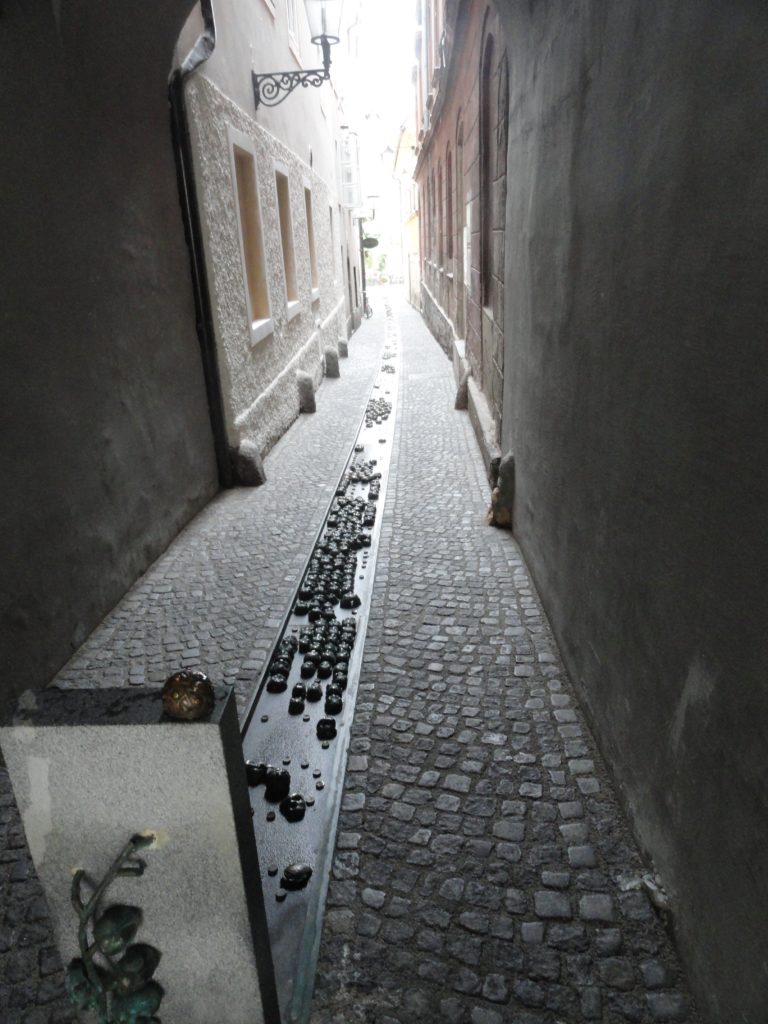
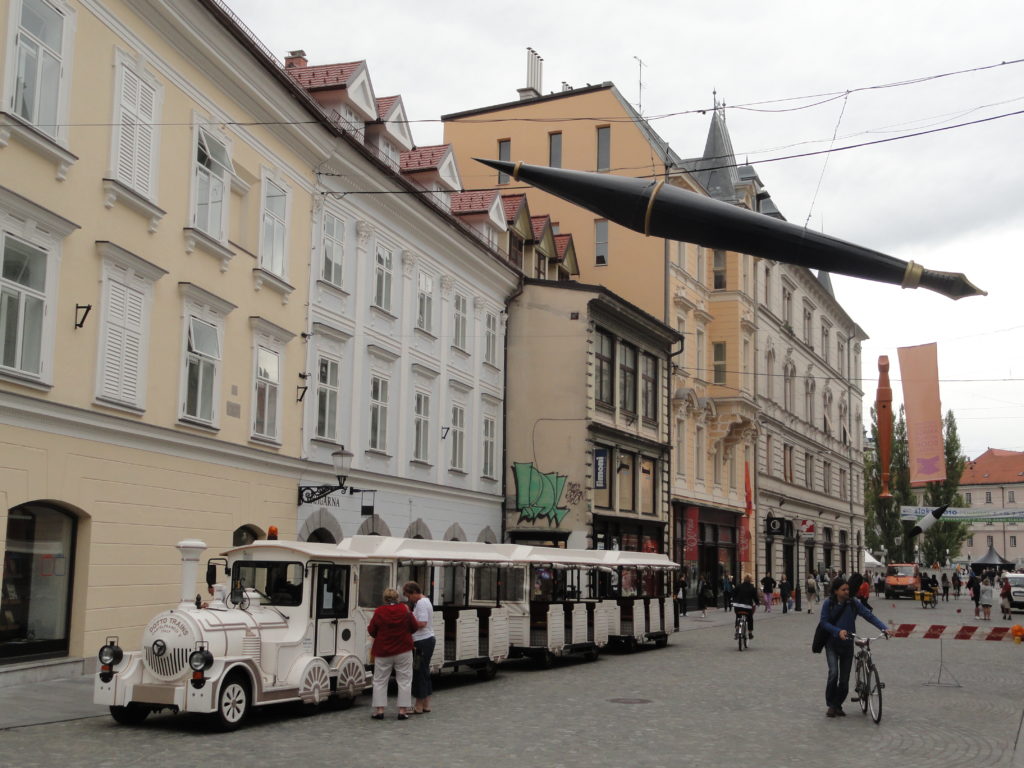
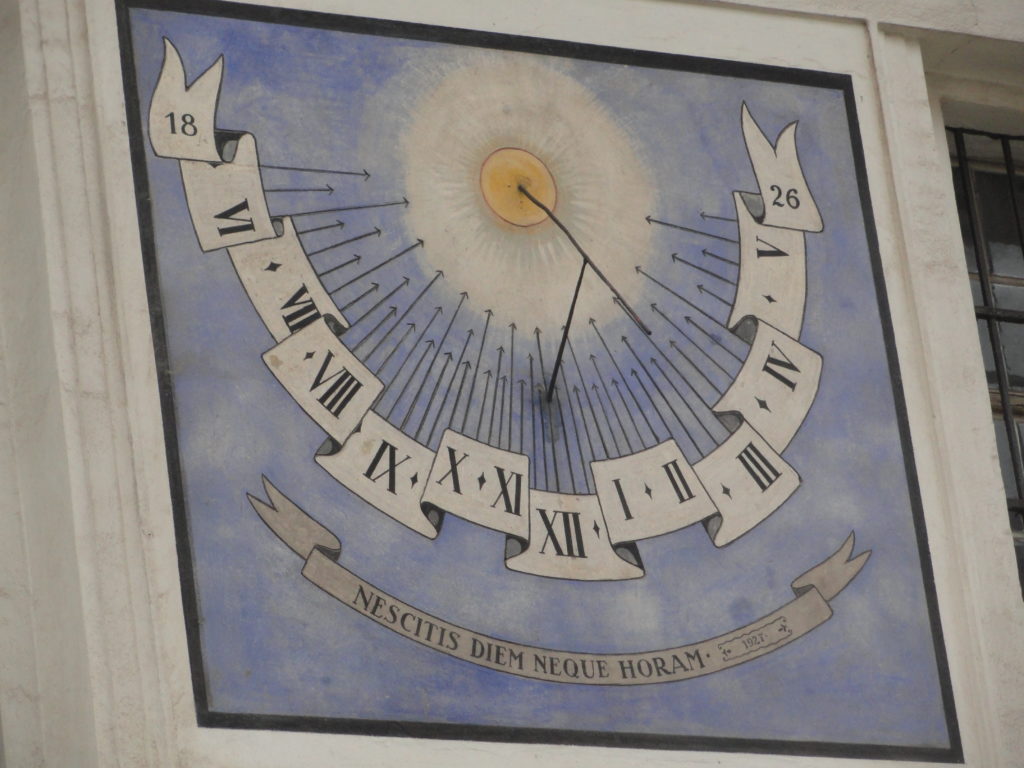
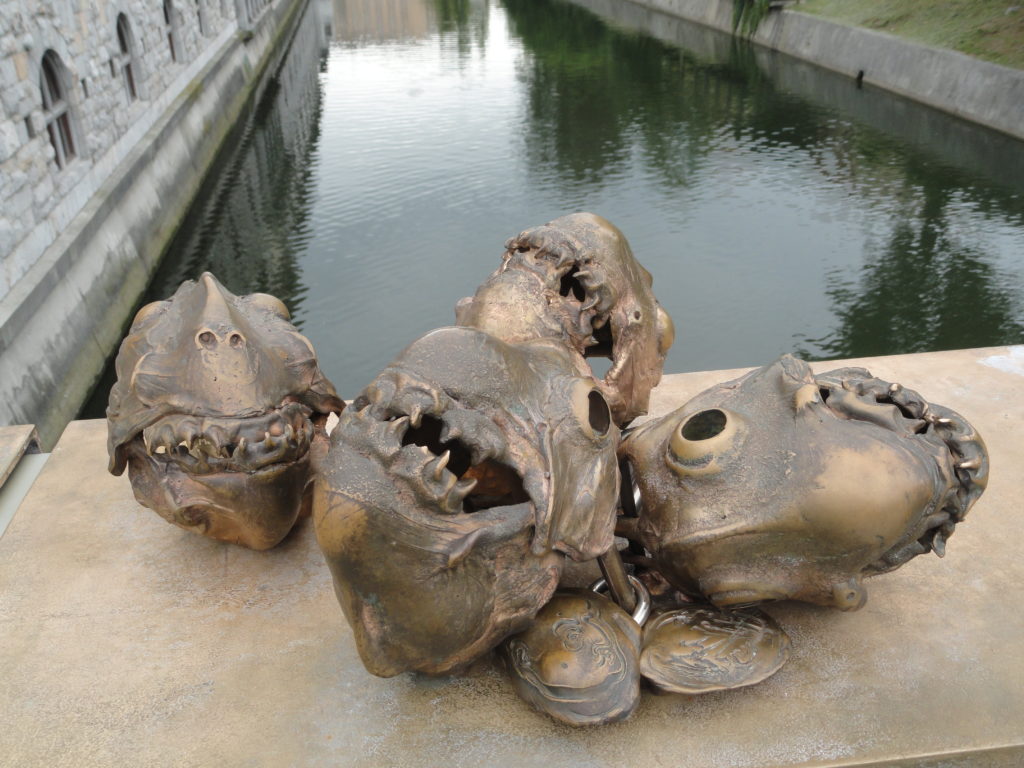
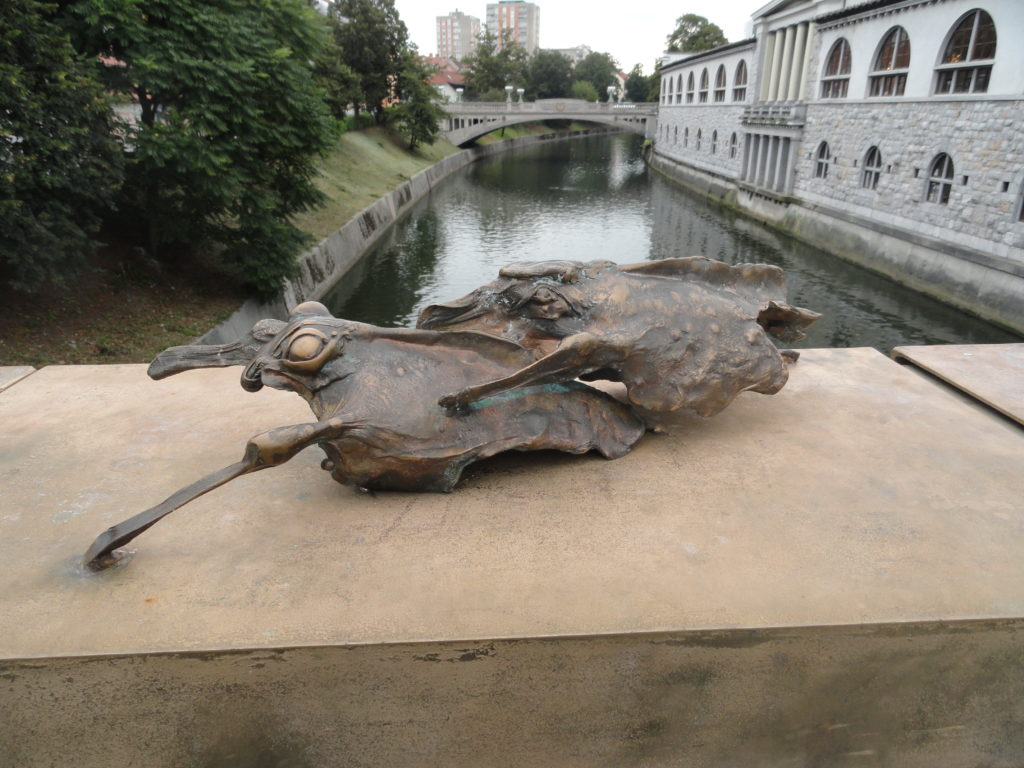
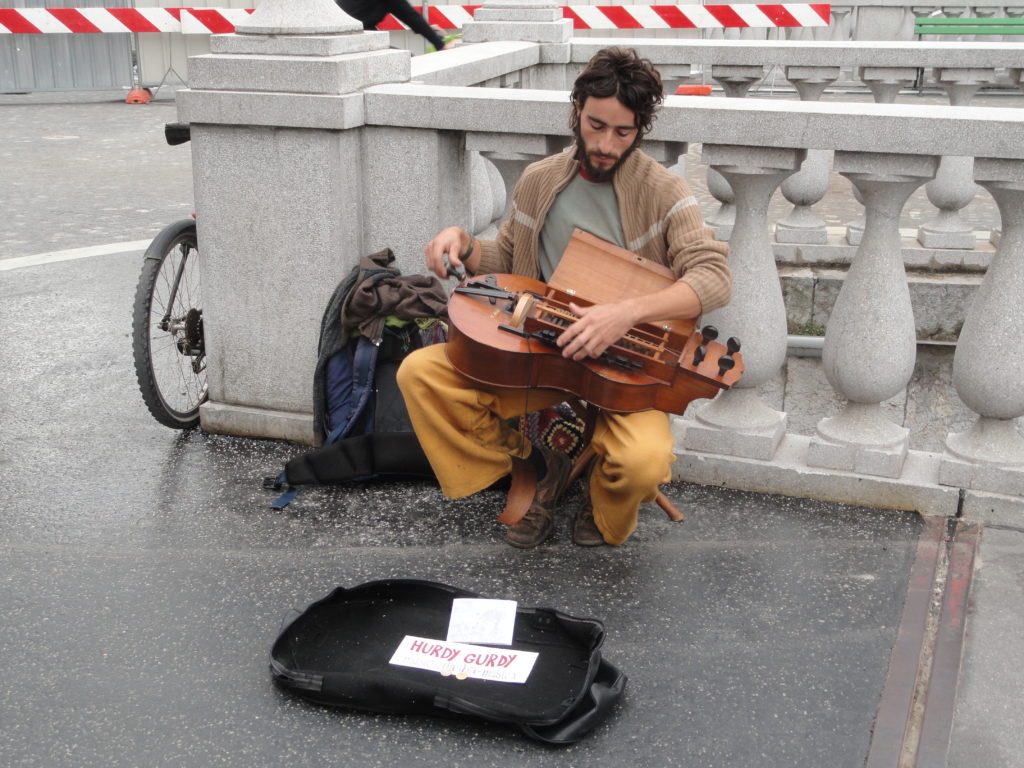
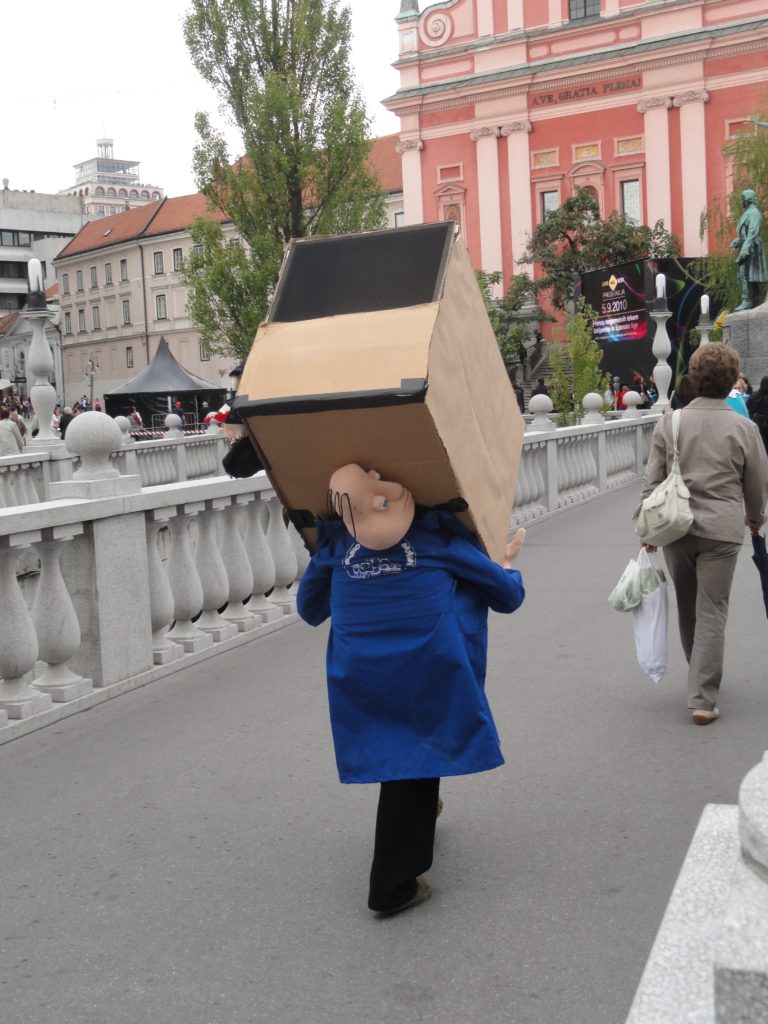
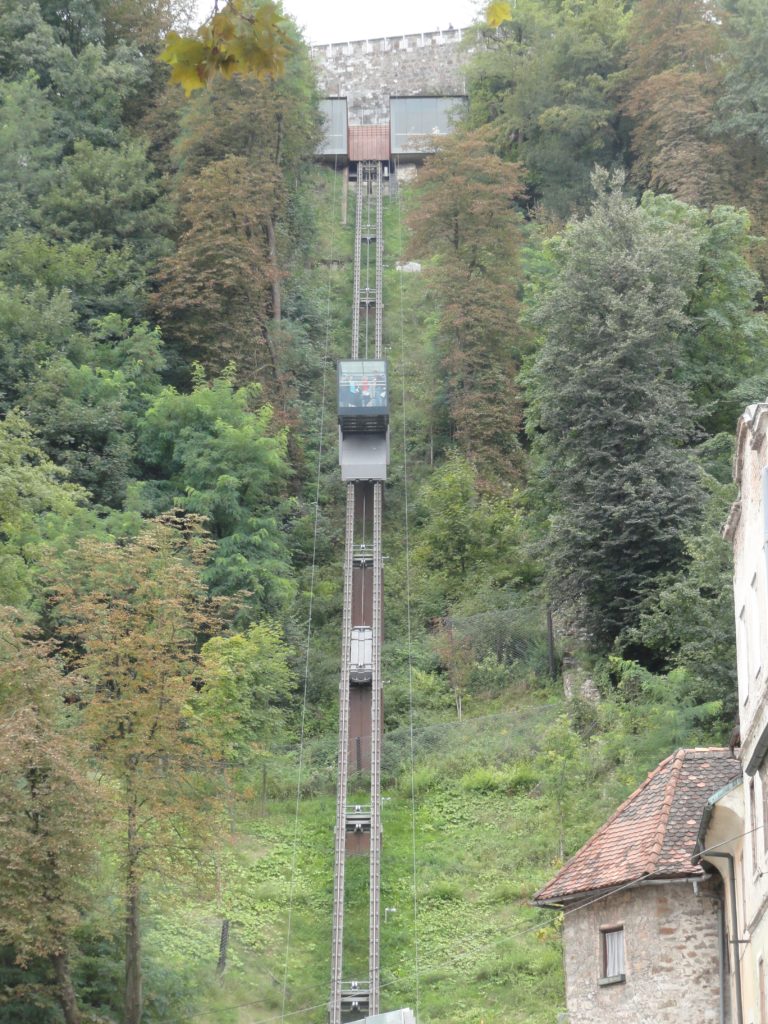








Wow. That was a gorgeous trip. We just don’t have anything like that here. The respective age of civilizations, and vastly differing cultures. The first photo looks fairly typically central European. The numerous bridges remind me… of Prague? The numerous tunnels.. remind me of… where… hmm…
It was an amazing trip. Saw some incredible scenery and old European cities.
I’ve never seen tunnels like this. Low ceilings and fairly dark, we went through a series of tunnels that ranged from less than one kilometer up to the 8 km one. When we came out we would find ourselves in the snowy mountains (and this was late August), then back underground again. One of my favorite trips.
Great post. How come I don’t remember any of the scenes in the slide show… Definitely need to look at my old trip photos again…
Yes, you better look at the old photos. So many trips that I haven’t really looked through the pictures stacked up on my hard drive.